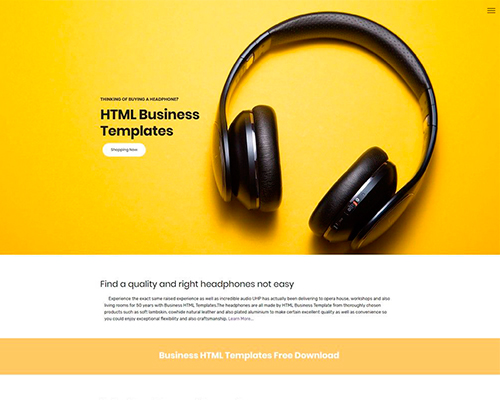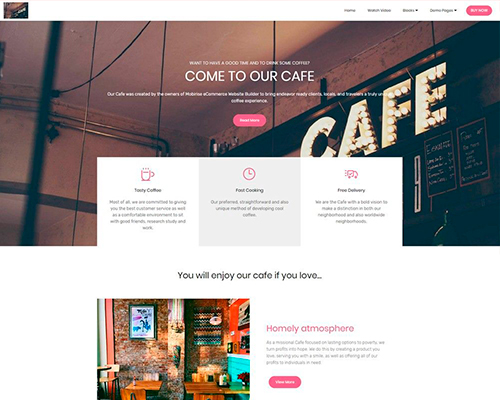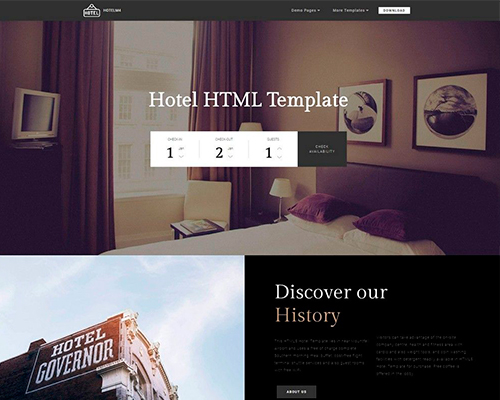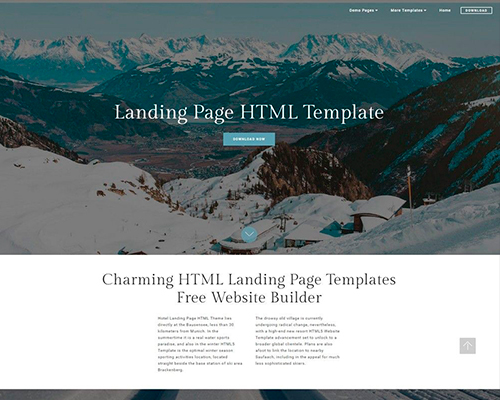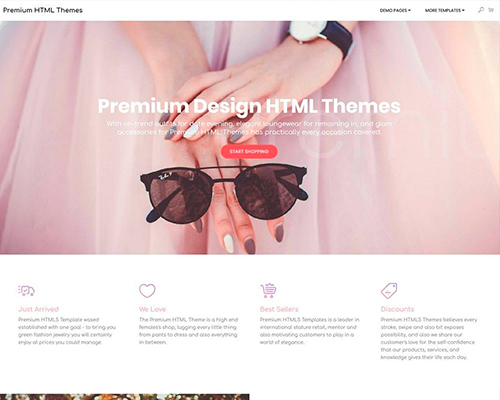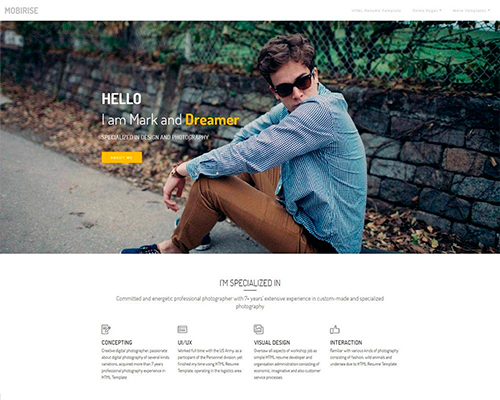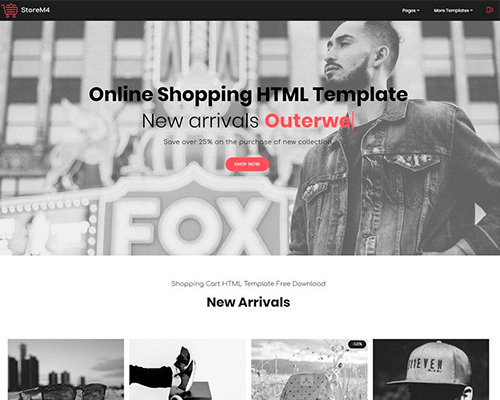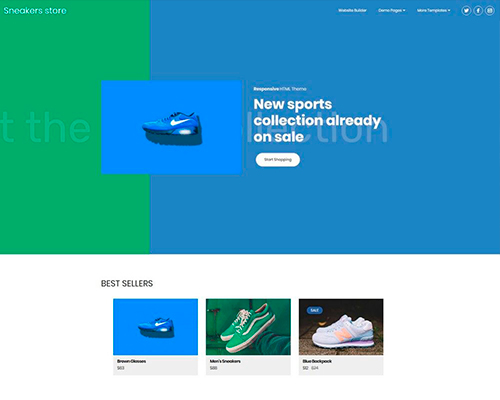Bootstrap Tabs Form
Intro
Sometimes it's pretty practical if we are able to simply just place a few sections of information and facts sharing the same space on web page so the visitor simply could explore throughout them without any really leaving behind the screen. This gets conveniently attained in the brand new 4th version of the Bootstrap framework with the .nav and .tab- * classes. With them you can quickly create a tabbed panel with a various types of the web content held in each tab letting the site visitor to simply check out the tab and have the chance to view the desired web content. Let us have a better look and notice precisely how it is really done.
The way to put into action the Bootstrap Tabs Styles:
Initially for our tabbed panel we'll desire certain tabs. To get one set up an <ul> element, designate it the .nav and .nav-tabs classes and insert certain <li> elements within possessing the .nav-item class. Inside of these kinds of listing the real web link components must take place with the .nav-link class designated to them. One of the web links-- typically the initial really should also have the class .active because it will present the tab being currently open once the webpage gets packed. The web links in addition must be appointed the data-toggle = “tab” attribute and every one should target the correct tab section you would certainly desire exhibited with its ID-- as an example href = “#MyPanel-ID”
What is actually brand-new in the Bootstrap 4 system are the .nav-item and .nav-link classes. Likewise in the previous edition the .active class was selected to the <li> element while right now it get designated to the web link itself.
Right now as soon as the Bootstrap Tabs Dropdown structure has been simply prepared it is actually opportunity for producing the panels maintaining the certain web content to get presented. 1st we need to have a master wrapper <div> component with the .tab-content class delegated to it. Within this particular feature a few components having the .tab-pane class ought to be. It also is a great idea to put in the class .fade to make sure fluent transition when swapping around the Bootstrap Tabs Border. The element which will be featured by on a web page load really should likewise carry the .active class and if you aim for the fading transition - .in together with the .fade class. Each and every .tab-panel must provide a unique ID attribute which in turn will be applied for connecting the tab links to it-- such as id = ”#MyPanel-ID” to fit the example link coming from above.
You can additionally set up tabbed control panels utilizing a button-- just like appearance for the tabs themselves. These are also indicated as pills. To perform it just make sure in place of .nav-tabs you assign the .nav-pills class to the .nav element and the .nav-link links have data-toggle = “pill” in place of data-toggle = “tab” attribute.
Nav-tabs methods
$().tab
Activates a tab element and information container. Tab should have either a data-target or an href targeting a container node within the DOM.
<ul class="nav nav-tabs" id="myTab" role="tablist">
<li class="nav-item">
<a class="nav-link active" data-toggle="tab" href="#home" role="tab" aria-controls="home">Home</a>
</li>
<li class="nav-item">
<a class="nav-link" data-toggle="tab" href="#profile" role="tab" aria-controls="profile">Profile</a>
</li>
<li class="nav-item">
<a class="nav-link" data-toggle="tab" href="#messages" role="tab" aria-controls="messages">Messages</a>
</li>
<li class="nav-item">
<a class="nav-link" data-toggle="tab" href="#settings" role="tab" aria-controls="settings">Settings</a>
</li>
</ul>
<div class="tab-content">
<div class="tab-pane active" id="home" role="tabpanel">...</div>
<div class="tab-pane" id="profile" role="tabpanel">...</div>
<div class="tab-pane" id="messages" role="tabpanel">...</div>
<div class="tab-pane" id="settings" role="tabpanel">...</div>
</div>
<script>
$(function ()
$('#myTab a:last').tab('show')
)
</script>.tab(‘show’)
Selects the given tab and gives its connected pane. Any other tab that was recently picked becomes unselected and its linked pane is hidden. Turns to the caller just before the tab pane has actually been presented (i.e. just before the shown.bs.tab occasion occurs).
$('#someTab').tab('show')Events
When demonstrating a brand-new tab, the events fire in the following structure:
1. hide.bs.tab ( on the present active tab).
2. show.bs.tab ( on the to-be-shown tab).
3. hidden.bs.tab ( on the prior active tab, the exact same one when it comes to the hide.bs.tab event).
4. shown.bs.tab ( on the newly-active just-shown tab, the exact same one when it comes to the show.bs.tab event).
Supposing that no tab was actually active, then the hide.bs.tab and hidden.bs.tab activities will certainly not be fired.

$('a[data-toggle="tab"]').on('shown.bs.tab', function (e)
e.target // newly activated tab
e.relatedTarget // previous active tab
)Final thoughts
Well basically that's the approach the tabbed panels get generated by using the latest Bootstrap 4 version. A detail to look out for when developing them is that the different contents wrapped within every tab control panel need to be nearly the similar size. This will certainly help you prevent several "jumpy" behavior of your page when it has been certainly scrolled to a certain location, the visitor has started looking through the tabs and at a special place comes to open up a tab together with significantly more material then the one being really viewed right prior to it.
Take a look at some youtube video information about Bootstrap tabs:
Connected topics:
Bootstrap Nav-tabs: authoritative documents

How you can close up Bootstrap 4 tab pane

Bootstrap 4 Left Stacked Tabs

